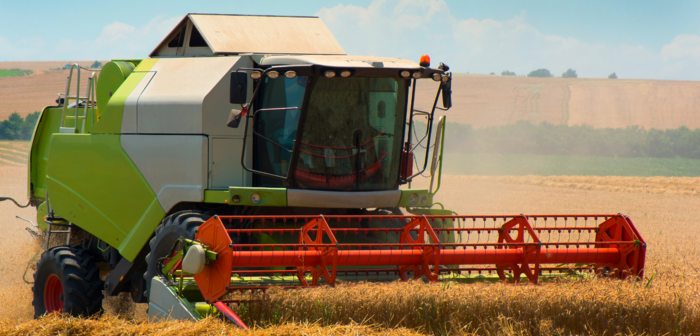With national shortages of grain preservation products including propionic acid being reported this season, growers are being urged to look towards urea and enzyme-based grain treatments to maximise the quality of home-grown feed.
Global stockpiling and trade restrictions are thought to have led to the recent shortages of propionic acid, a treatment commonly used by UK growers to protect their grain from pathogens and moulds.
Although this market disruption could pose major challenges for farmers across the UK who routinely use propionic acid at harvest, Andrew Sincock, commercial director at Agriton, explains that there are alternative grain treatment options growers can turn to.
“Urea and enzyme-based treatments help to enhance the quality of grain for an extended period of time, and importantly help reduce the risk of pathogens and mycotoxins contaminating winter feed stocks,” he adds.
“A reaction occurs when urea combines with the enzymes and moisture in grain, which helps to boost the protein content and pH of treated grain,” he explains.
PowerGrain is one example of a urea and enzyme-based treatment. It can enhance stored grain for up to 12 months and provides growers with greater flexibility at harvest.
“When you incorporate PowerGrain into harvest strategies, cereal crops can be harvested even in challenging conditions, such as in light rain or heavy dew, as this treatment needs at least 16% moisture to work,” he explains.
Mr Sincock adds that PowerGrain should be applied directly to the harvested crops within 48 hours either via a mixer wagon or mobile mill.
“The grain will then need to be stored under a plastic sheet for two to three weeks so that the required chemical reactions can occur. After this point, the sheet can be removed, and the high-quality grain can be stored safely for 12 months.
“The recent market shortages have put a magnitude of pressures on the arable sector, but UK growers should feel reassured that there are fantastic alternative treatment options available that can deliver significant benefits for both the grower and the grain,” he concludes.




